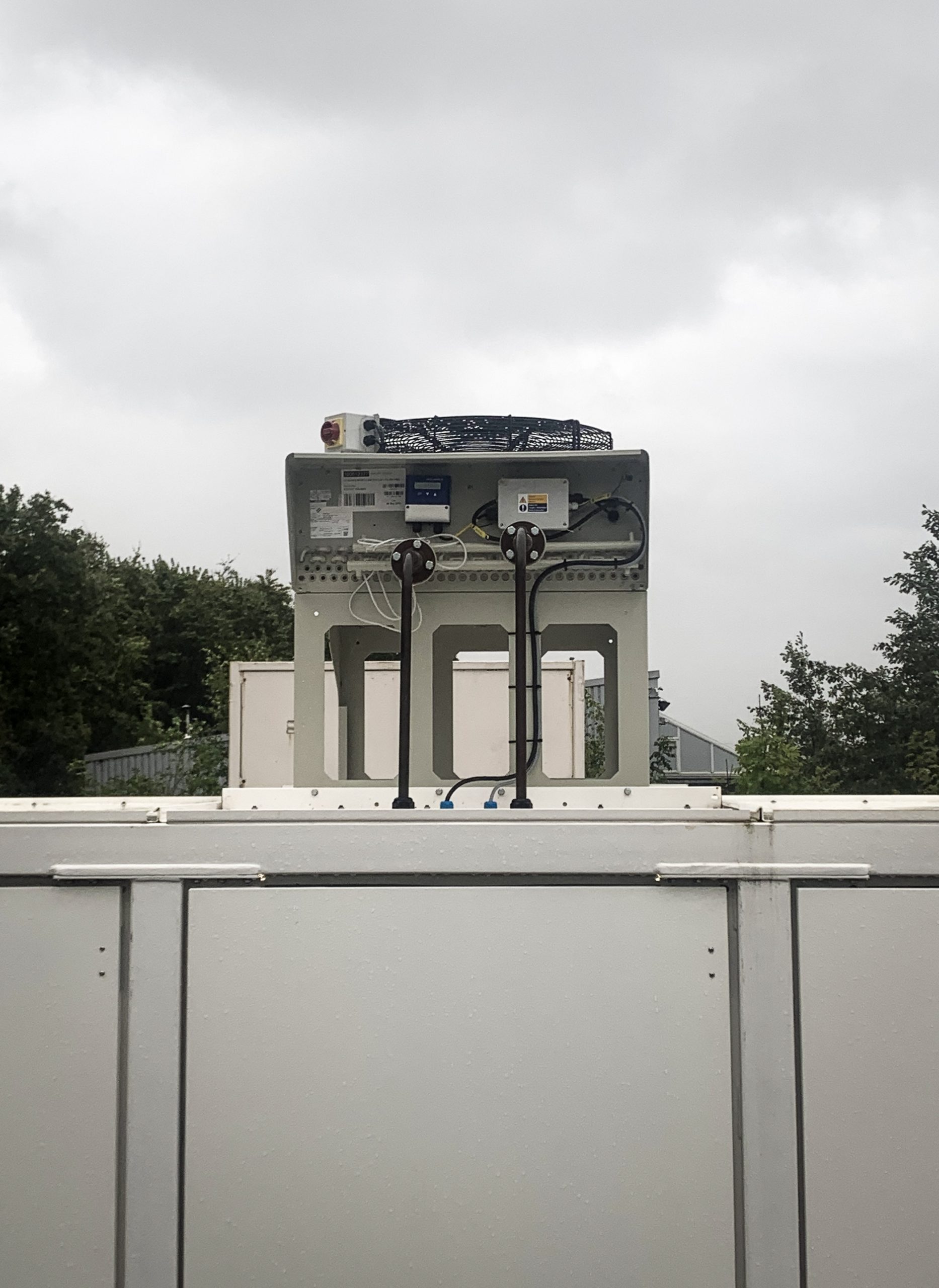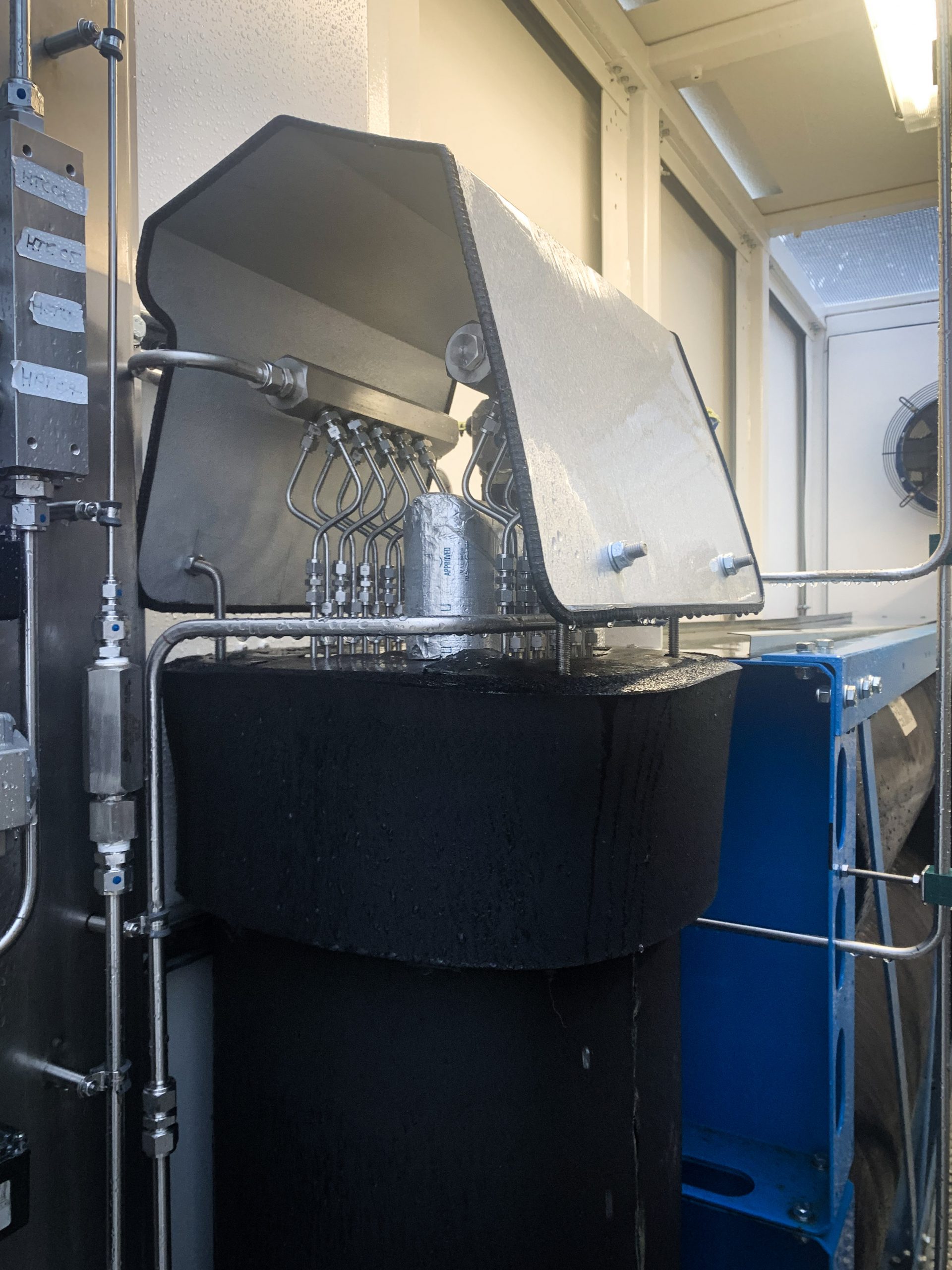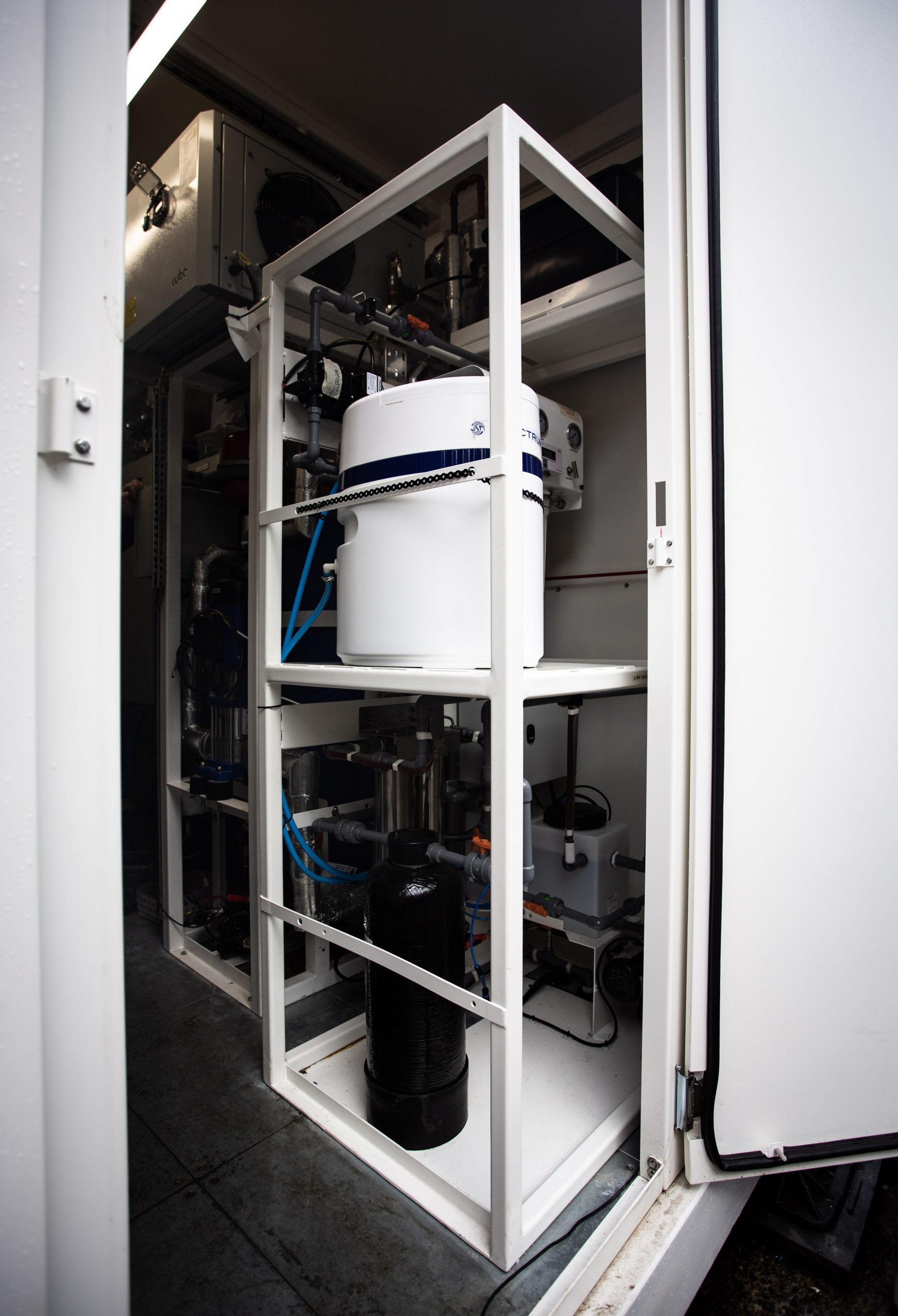SEAFUEL VIRTUAL TOUR
Sustainable integration of renewable fuels in local transportation
Hydrogen dispenser
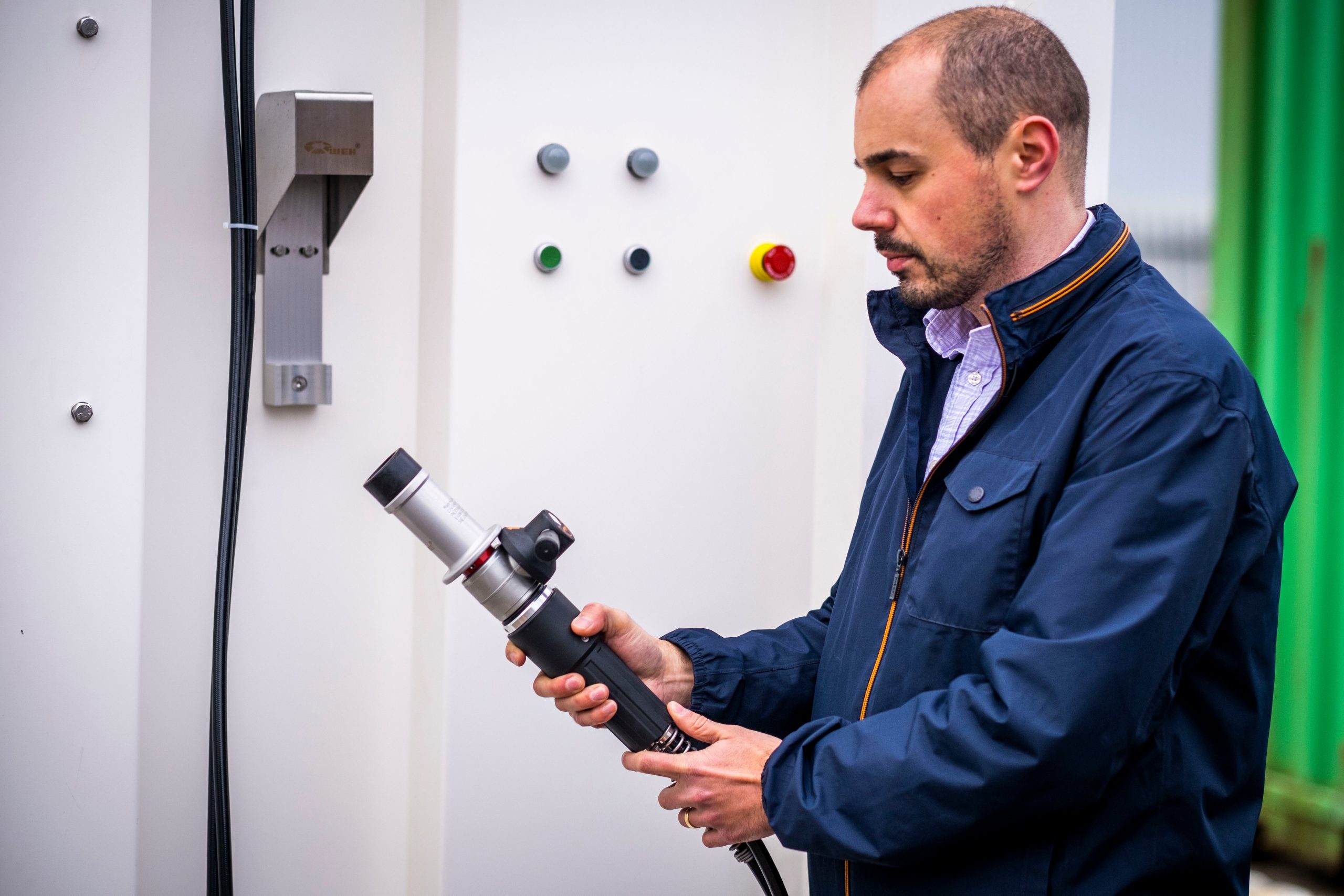
This unit incorporates a nozzle, filling hose, and display and control buttons.
The hydrogen fuel dispenser is similar to a diesel or petrol pump. It locks into place on the car and takes about three to five minutes o fill the tank with hydrogen.
Electrolyser
The electrolyser basically takes water and electricity and produces hydrogen and oxygen.
Separation of water
The electrolyser in the Seafuel hydrogen production and refuelling station is a PEM electrolyser. Polymer electrolyte membrane (PEM) electrolysis is the separation of water into hydrogen and oxygen in a cell composed of a solid polymer electrolyte. The polymer electrolyte is responsible for the conduction of protons and the separation of the two component gases.
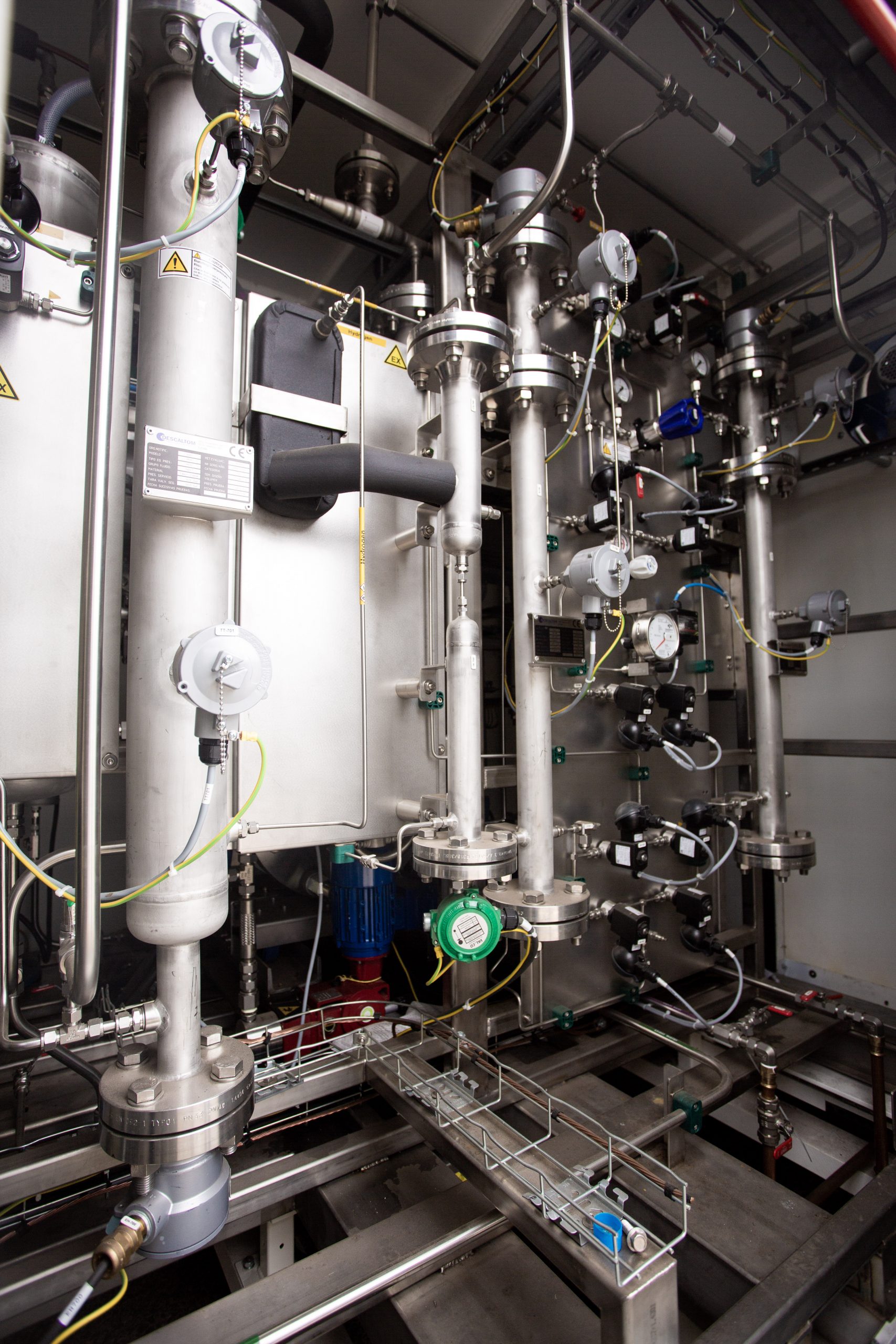
Compression and storage
The hydrogen is collected in a buffer tank ready for compression and storage, and the oxygen is vented to atmosphere.
Waste heat is also produced, which reduces the overall efficiency of the system.
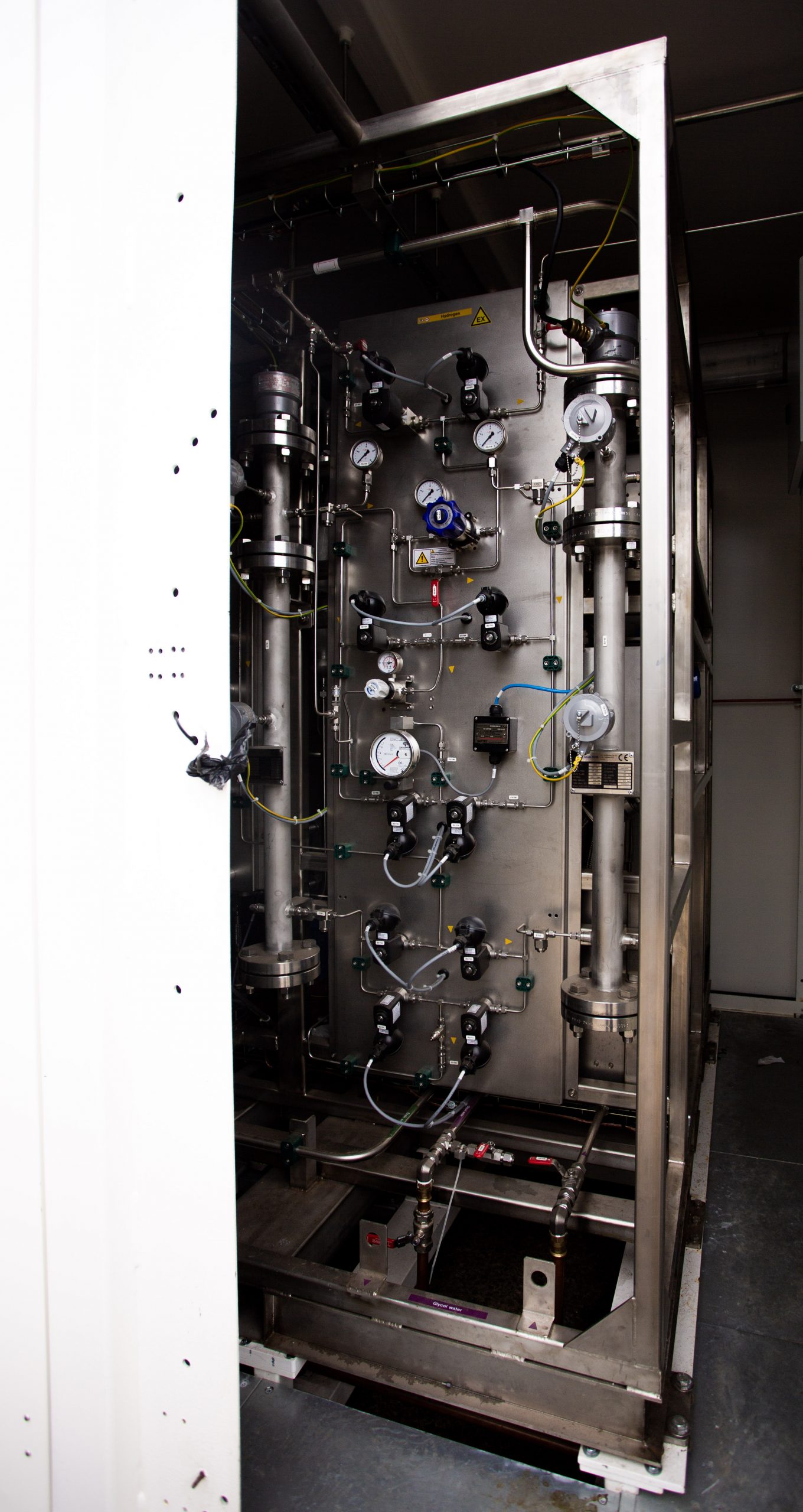

Hydrogen storage tanks
The hydrogen storage tanks in the Seafuel hydrogen production and refuelling station are capable of storing up to around 30kg of hydrogen at 500bar. They store the hydrogen that has been produced by the electrolyser and then compressed by the hydrogen booster.
These hydrogen storage tanks are Type IV, which are pressure vessels made of polymeric liner fully wrapped with a fibre-resin composite.
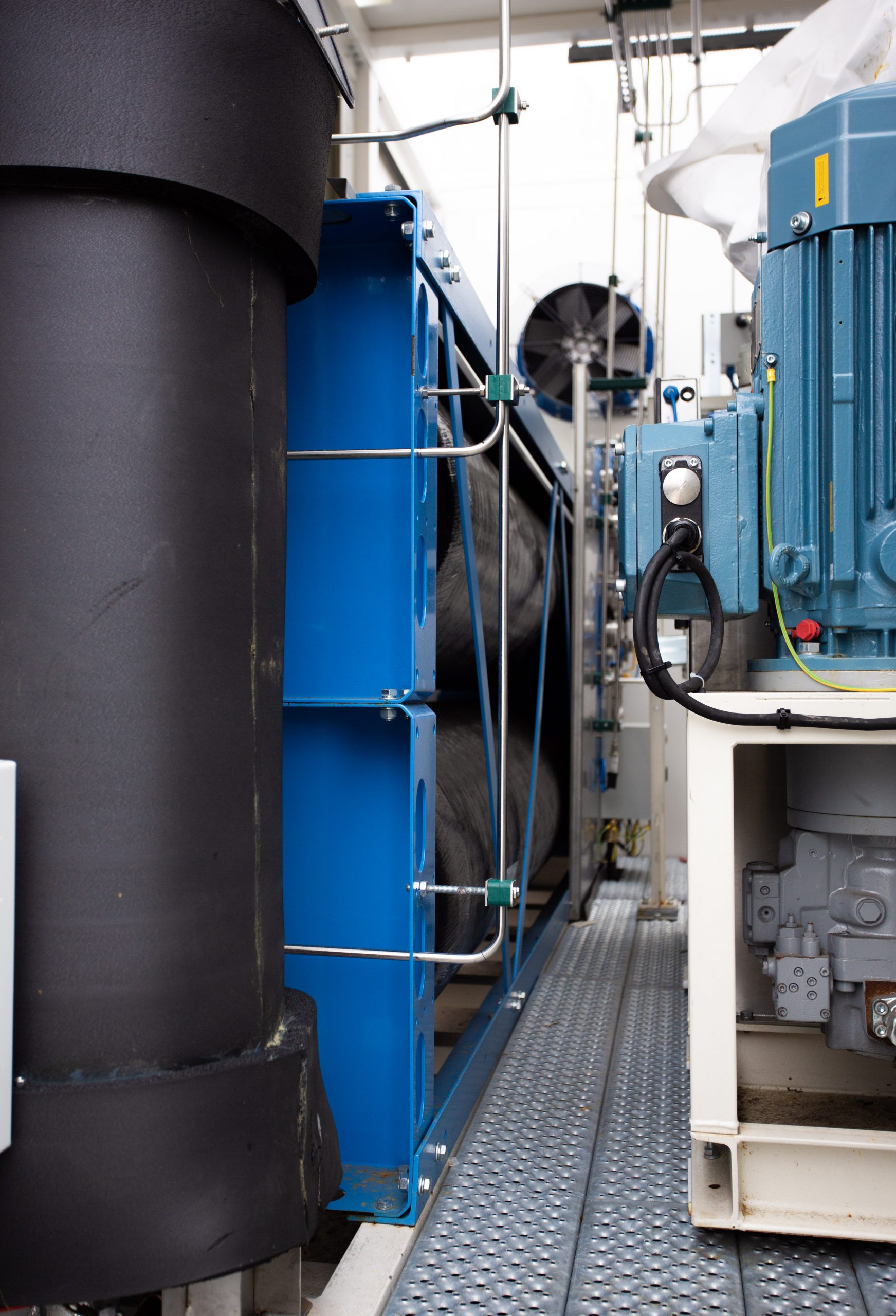
Heat exchanger
The heat exchanger is a system that reduces the temperature of the hydrogen before it is dispensed into the vehicle.
In order for hydrogen to be dispensed quickly, efficiently and safely, it needs to be pre-cooled. The heat exchanger uses cooled fluid from the chiller to cool the hydrogen.
Control room
The control panel is an essential part of the Seafuel hydrogen production and refuelling station. It makes sure everything works in harmony at the right time and in the correct fashion.
The control panel controls everything from the water treatment system to the dispensing of the hydrogen into the vehicles. It also ensures that the safety systems are functioning.
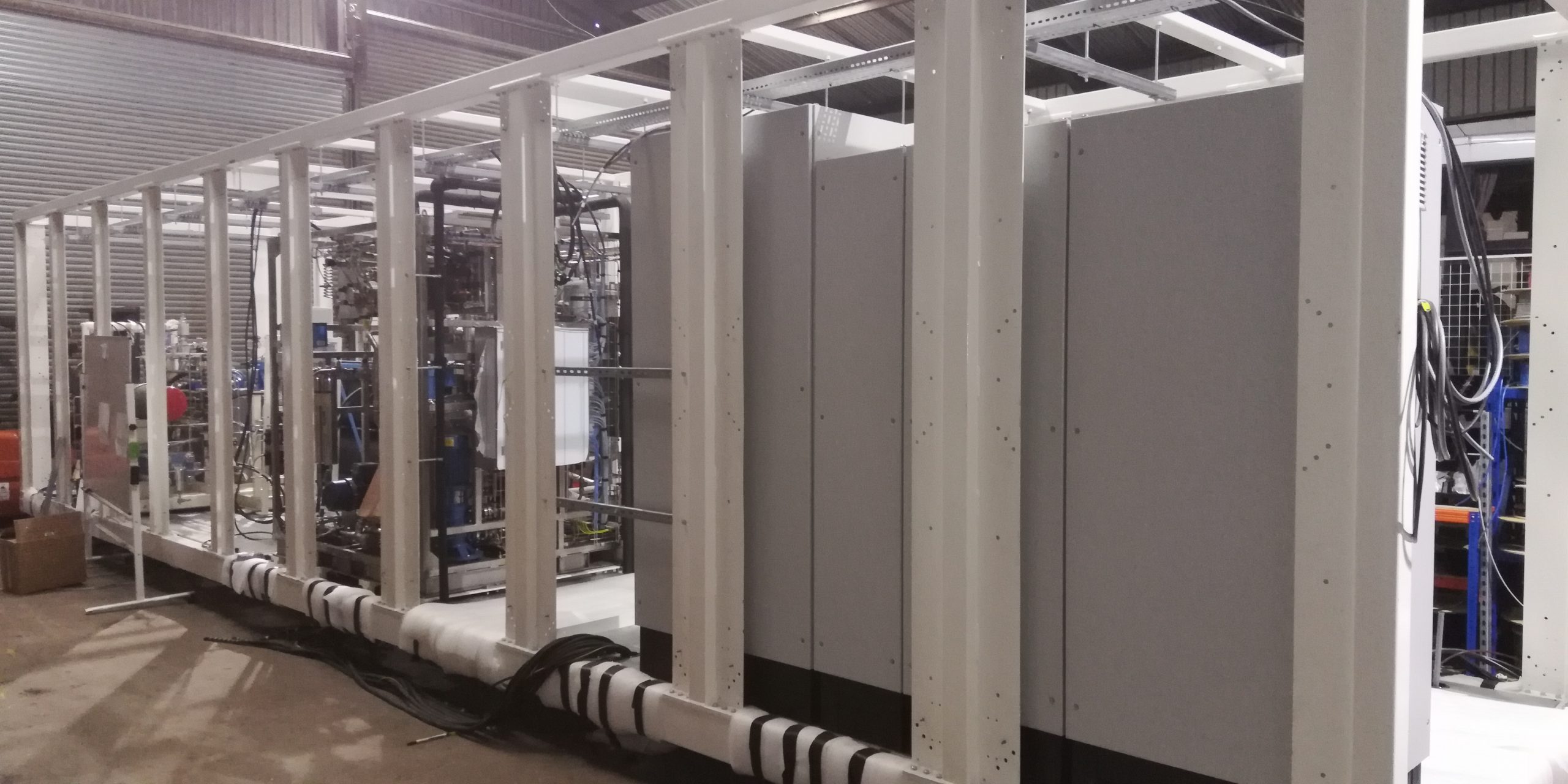
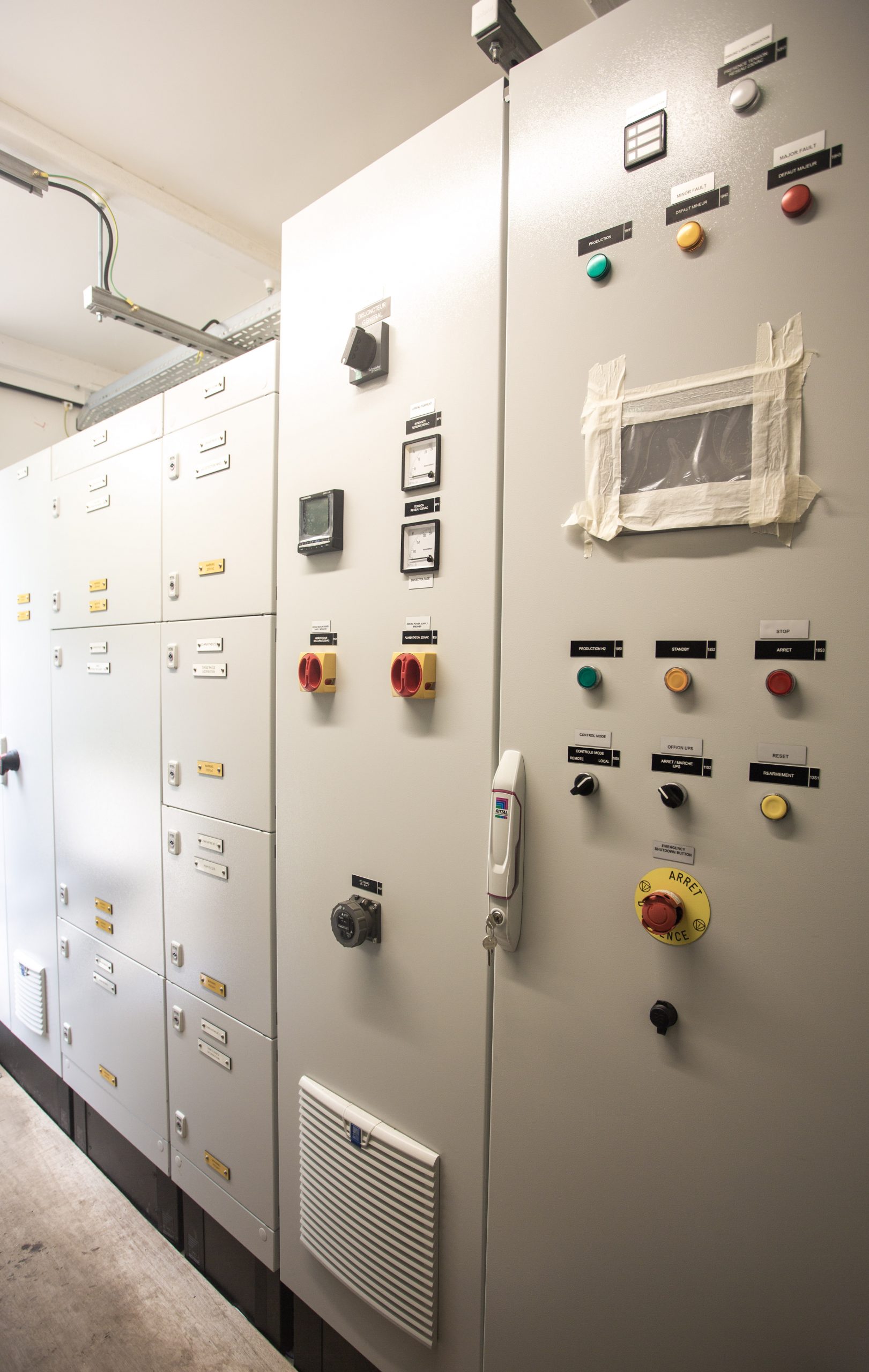
Storage tanks control panel
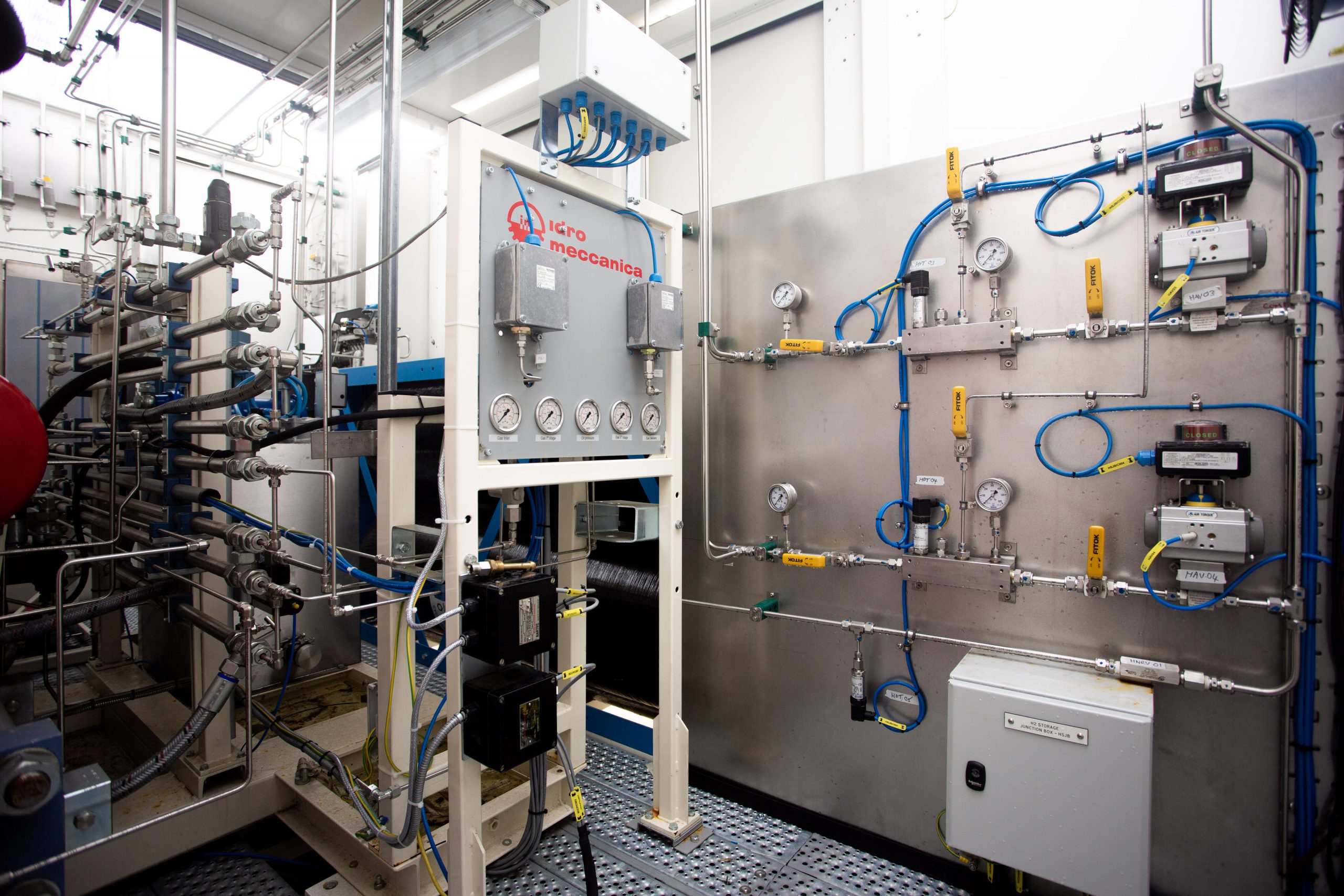
Compressor control panel
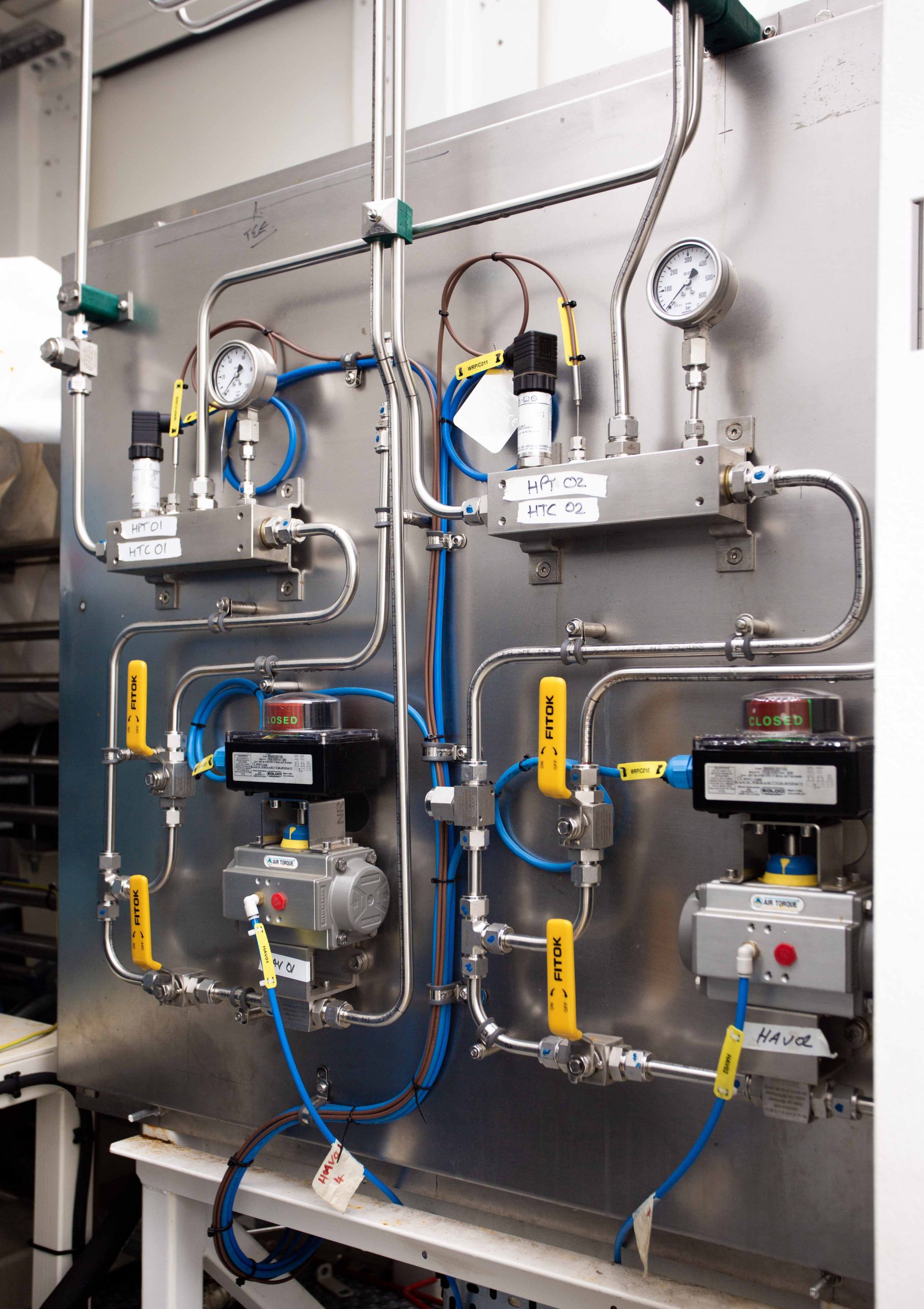
Chiller
The chiller cools the liquid used to pre-cool the hydrogen before it is dispensed into the vehicle.
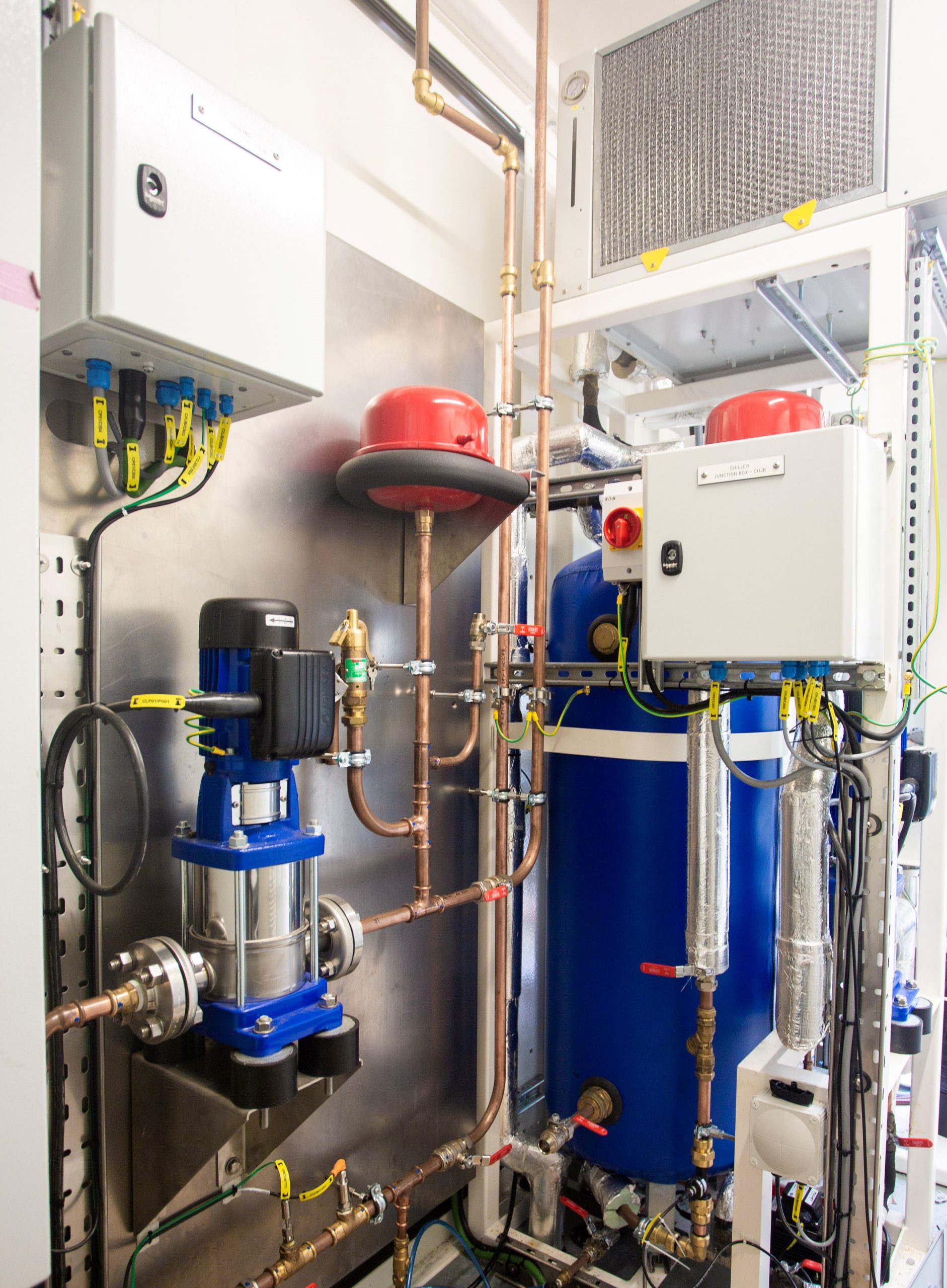
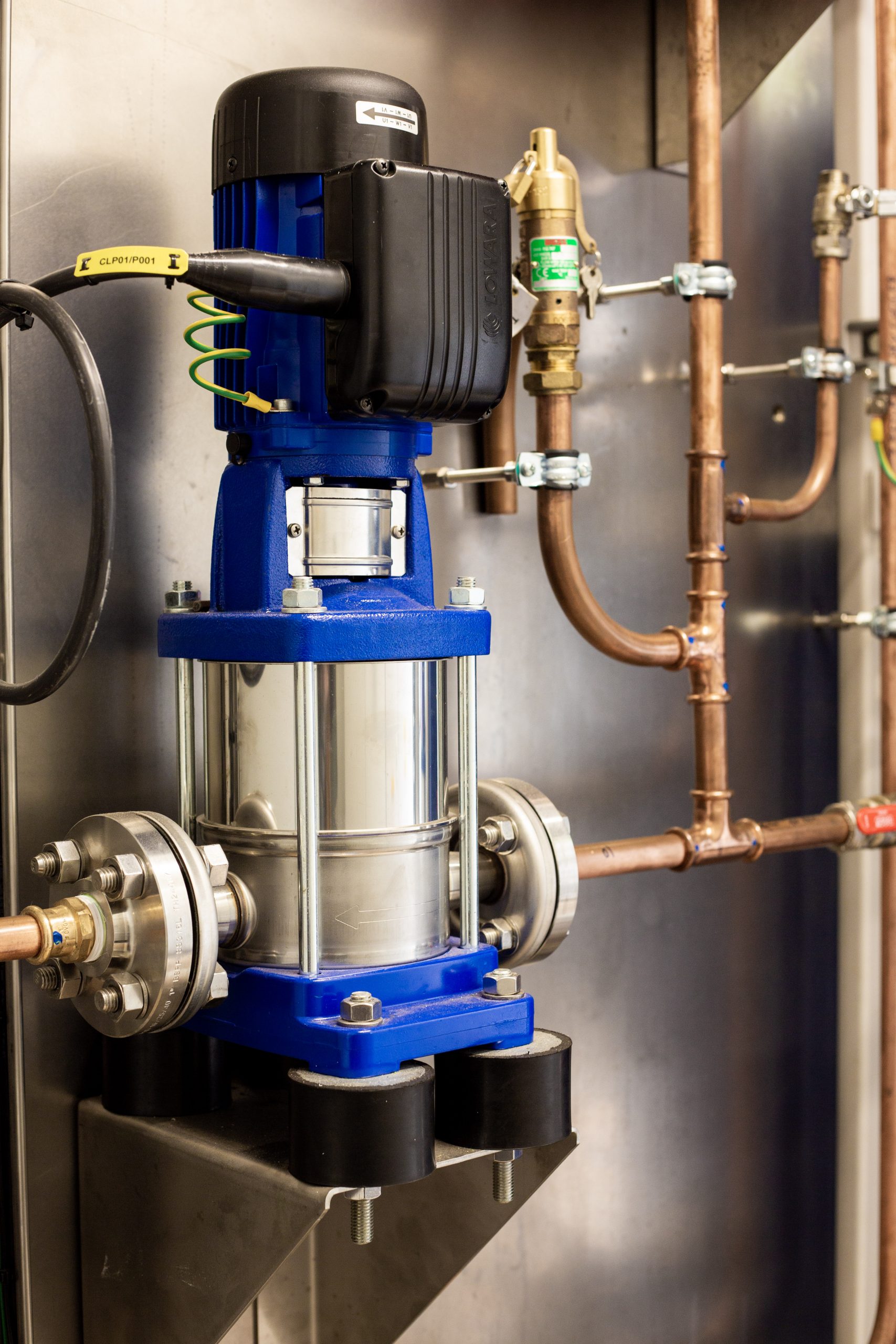
Water treatment
The water treatment system takes the process seawater and makes it suitable for use in the electrolyser. Pure water is essential for the electrolyser to function properly. The purity of the water affects the lifespan of the electrolyser and the purity of the hydrogen that the electrolyser produces.
Hydorgen compressor
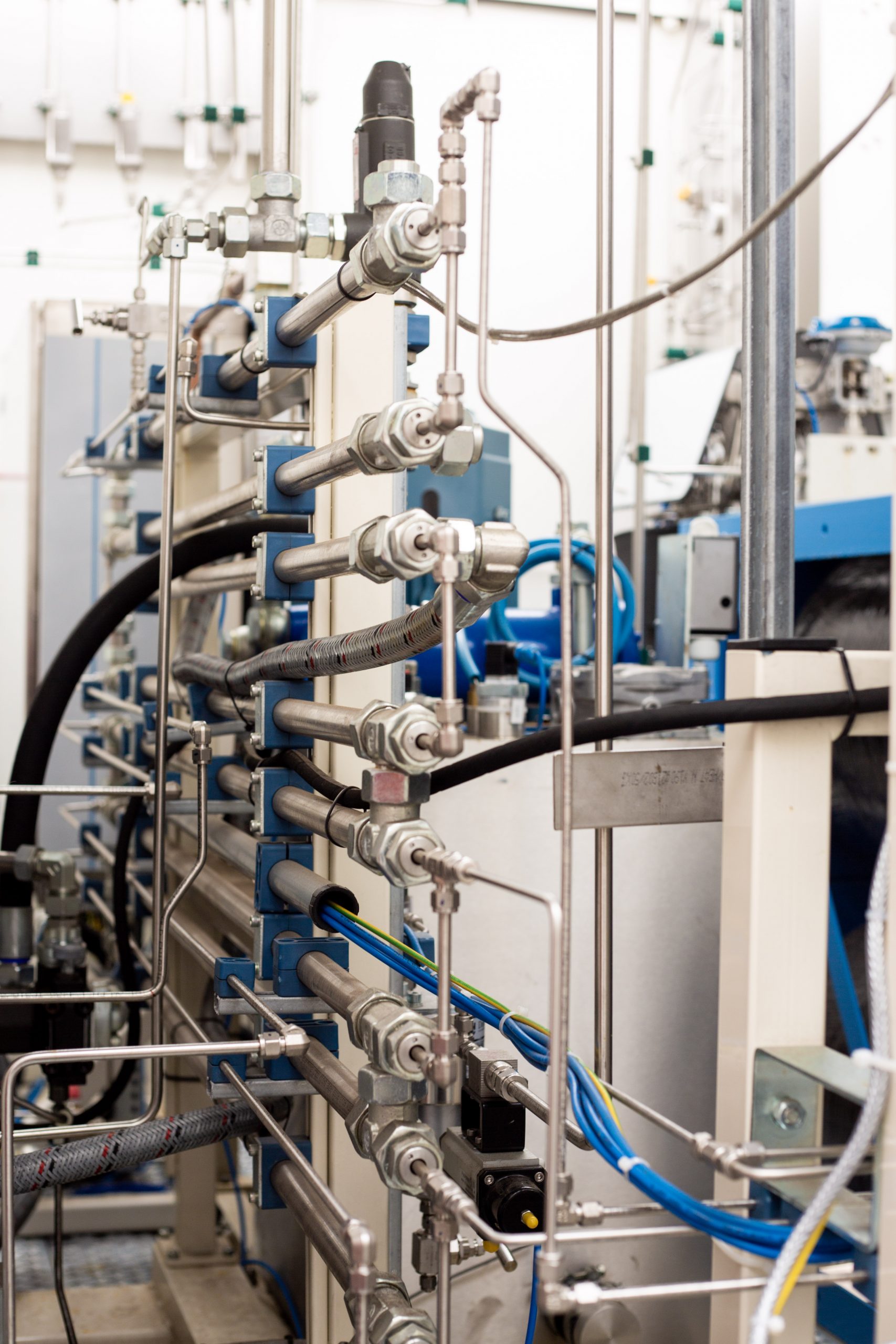
Dry cooler
The dry cooler provides cooling to the electrolyser, compression and dispenser system. It is essential to maintain operability during periods of high temperatures.
